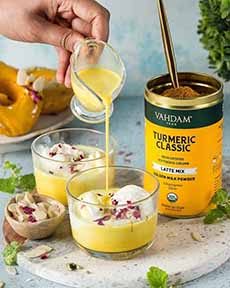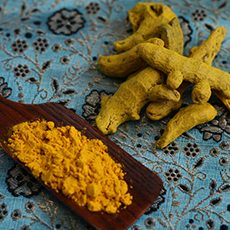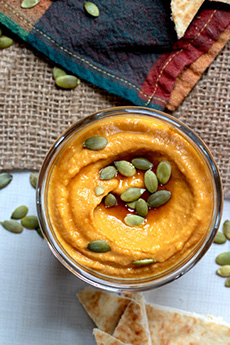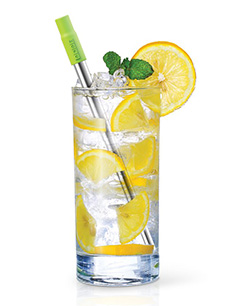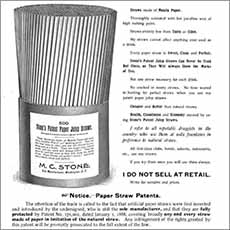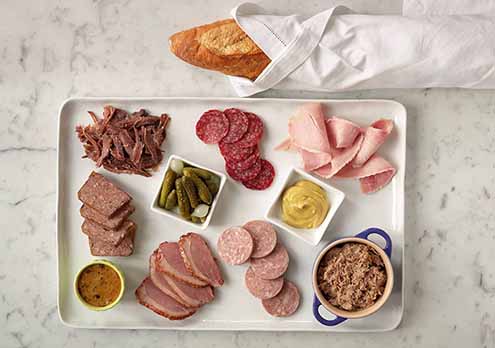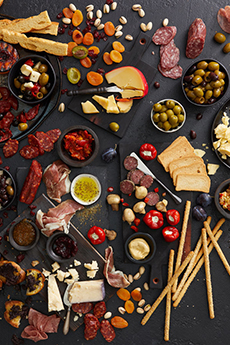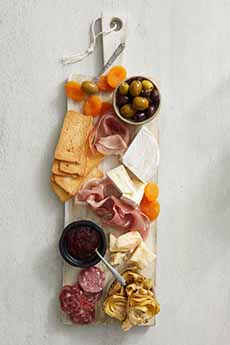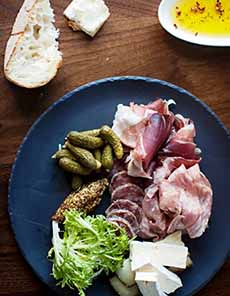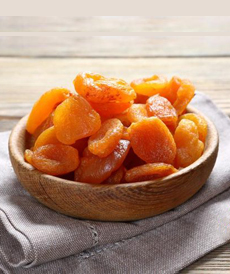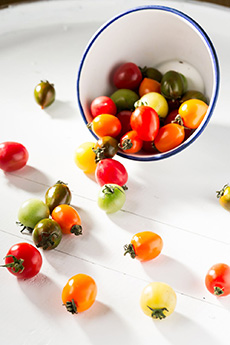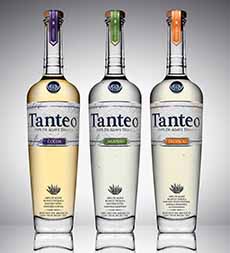|
The oldest drinking straw in existence, found in a Sumerian tomb dating to 3000 B.C.E., belonged to someone who could afford all the food and drink he liked. It’s a gold tube inlaid with lapis lazuli.
These early straws weren’t the simple, practical straws we might imagine; they were elaborate, ceremonial objects that demonstrated wealth and status, ornate drinking tubes made from precious metals and decorated with semi-precious stones.
These straws were likely used for drinking beer from communal vessels. Beer was a staple beverage in Sumerian society and the straws helped to filter out grain and other sediments at the bottom of the vessel.
The idea caught on and natural grass straws were devised by and for ordinary people. Rye grass was particularly popular: hollow, naturally waterproof, and readily available. The did have the major drawbacks of affecting the taste of beverages and deteriorating quickly.
Over the centuries, people created metal drinking straws from common metals, but metal was always expensive.
The Modern Paper Drinking Straw Arrives
American Marvin C. Stone patented the modern drinking straw, made of paper, in 1888. He did not enjoy sipping his Mint Julep through the rye grass straw, which not only became mushy, but imparted a grassy taste.
One day, he wound paper around a pencil to make a long paper tube. Sliding the pencil from the paper, he applied glue to hold it together.
The glue, too, would ultimately dissolve during slow sipping, so he later built a machine that coated the outside of the paper with wax to hold it together. Voilà: an improvement in sipping beverages that everyone could enjoy and afford.
He mass-producing the paper straws, making them the first affordable and accessible to the general public.
In 1937, Joseph Friedman invented the bendable straw after watching his young daughter struggle to drink a milkshake through a straight paper straw, too tall for her to reach easily.
Friedman inserted a screw into a paper straw and wrapped dental floss around the grooves. When he removed the screw, it left accordion-like ridges that allowed the straw to bend. He patented his “Articulable Straw” that year. Manufacturers were not initially interested, but the straw eventually became widely popular, especially in hospitals where patients could drink while lying down.
In 1969, his Flex-Straw Company was sold to the Maryland Cup Corporation.
Plastic Straws Move Into The Mainstream
The 1950s saw the rise of the automobile and subsequently, the rise of Fast Food. These restaurants replaced washable plates, utensils, and glassware with low cost and portable paper for meals and drinks on the go.
The transition to plastic straws happened gradually during the 1960s as the manufacturing infrastructure to mass produce plastic straws was put into place. While plastic was more costly than paper, it was cheap enough; and the straws didn’t lose their shape when saturated in liquid, as paper straws could.
Existing straw manufacturers like Maryland Cup Corporation began producing them, and there was a bonus to both manufacturers and consumers:
With the growth of fast food and to-go drinks, plastic straws could easily be pushed between the “X” crosshairs of a to-go lid without tearing.
Better venues opted for plastic straws as a customer convenience.
The consumer boom and the baby boom after World War II also gave rise to children-pleasing novelty straws:
Straws with plastic animals looped around the top of the straw (see photo).
Straws filled partially with chocolate or strawberry flavor, creating chocolate milk or strawberry milk by merely sipping plain milk.
Straws were made with a bend toward the top, to better angle into the mouth.
For adults and kids alike, fashion came to straws:
Colors, stripes, polka dots.
Prints
Today, you can treat guests to fancy-print straws: leopard-print straws, metallic stars, and too many others to enumerate.
Good news going forward: Since the drinking straw issue has arisen, some paper straw manufacturers have created a thicker version of the paper straw. It holds up like plastic; and when it’s outlived its single-purpose use, it biodegrades.
And cornstarch-based straws are on the rise, compostable and biodegradable.
In 2024, plastic straws make up about 99% of the $3 billion global drinking-straw market. Some sources indicate that the category is growing at a CAGR of 20.27%.
That’s a long way to go, but you can start now.
________________
*Other almost-as-old civilizations include Ancient Egypt, Norte Chico in Peru, and the Indus Valley in modern-day northwest India and Pakistan.
The history of plastic straw bans [source]:
>August 2016: France becomes the first country to impose a total ban on plastic cups, plastic plates and plastic cutlery.
>August 2017: Lonely Whale kicks off a digital campaign for A Strawless Ocean to educate the public and push for regulations on single-use plastic.
>February 2018: Queen Elizabeth bans plastic straws and bottles from all royal estates, cafes, and gift shops.
>May 2018: Vancouver becomes first major Canadian city to ban single-use plastic.
>May 2018: Alaska Airlines eliminate plastic straws and stirrers, substituting white birch and bamboo for the 22 million plastic stir straws and citrus picks used each year.
>July 2018: Seattle is first in the U.S. to have a plastic straw ban go into effect.
>July 2018: Starbucks announces it plans to eliminate plastic straws from all global locations by 2020.
>September 2018: McDonald’s announces it will replace single-use plastic straws with paper-based alternatives in all stores across UK and Ireland. The chain uses 1.8M straws per day in the UK.
>January 2019: California enacts a “straw upon request” policy. Most cities within the state phased out plastic straws with compostable, paper-based alternatives.
>2019: Washington D.C. also bans single-use plastic straws.
>2020: England bans all single-use plastic straws China.
>2021: Canada and Mexico City ban all single-use plastics.
>2022: New Jersey rolls out single-use plastic ban, starting with plastic straws, with single-use plastic carryout bags and Styrofoam cups, plates and containers also banned that year.
>2022: France bans single-use plastic packaging for most fruits and vegetables, which could eliminate 1 billion pieces of plastic waste.
>2022: Three out of four people in a 28-country survey support the elimination of single-use plastics [source].
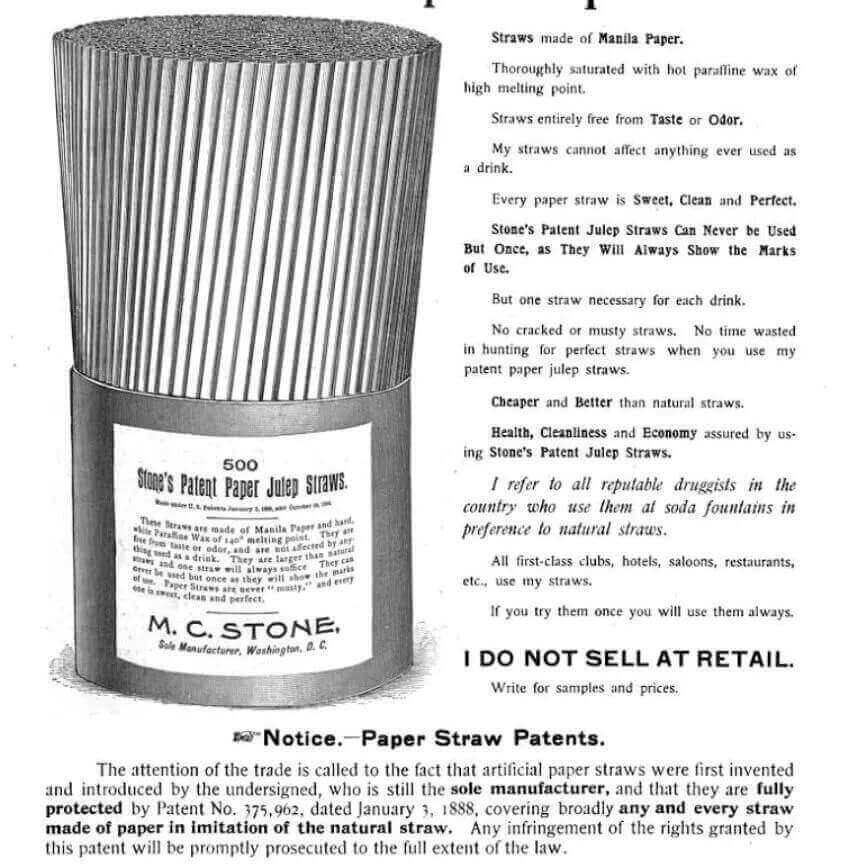
[5] [Source.]
CHECK OUT WHAT’S HAPPENING ON OUR HOME PAGE, THENIBBLE.COM.
|


